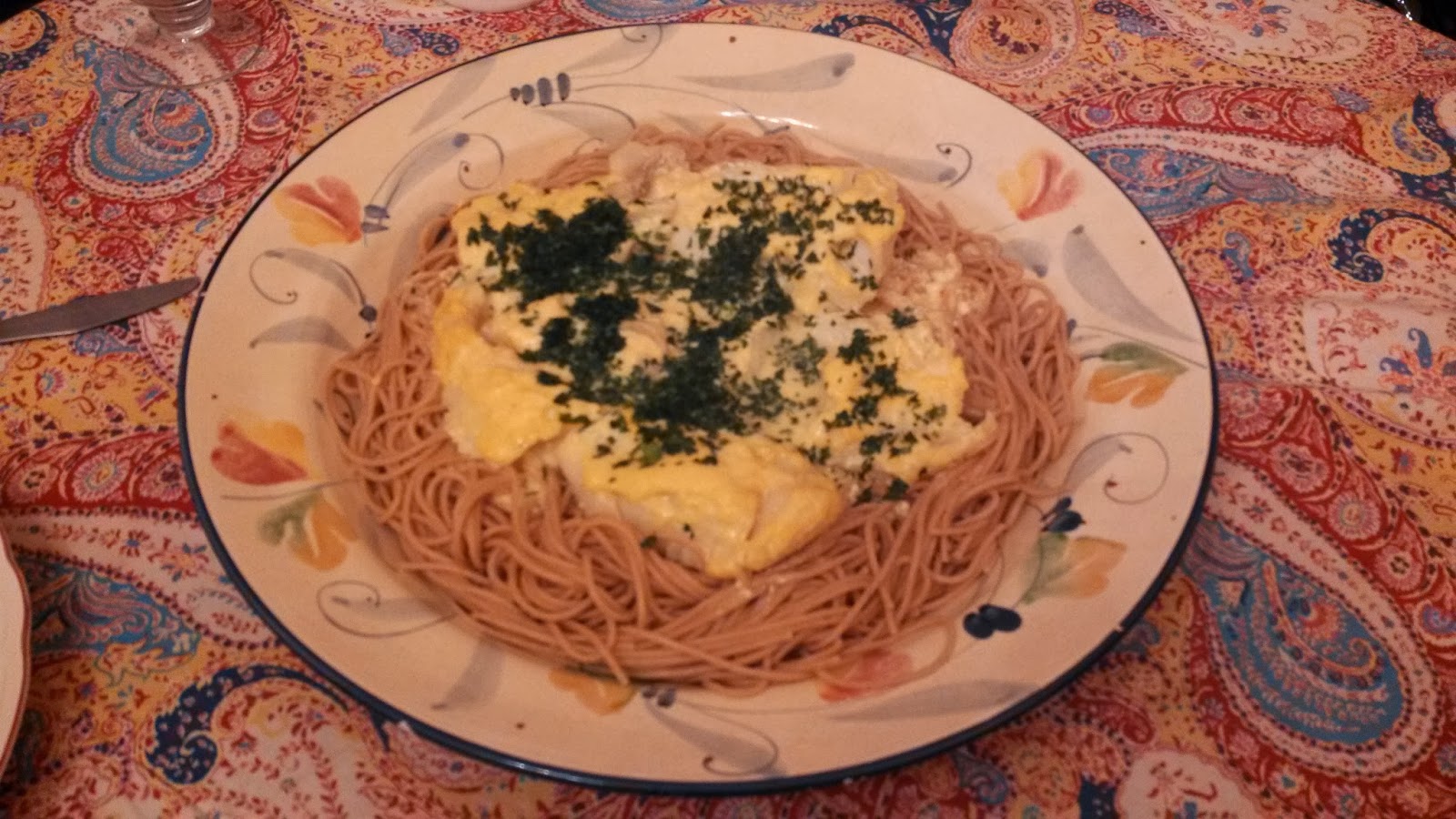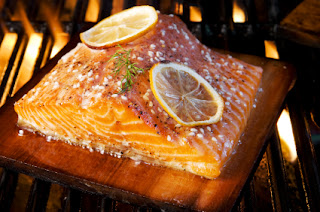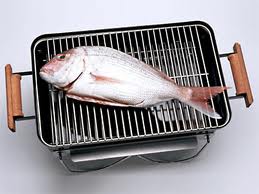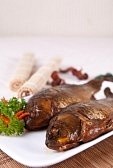Sometimes the best meals are those that are created on the spot. You know, where you just get inspired at that moment, mainly because you don’t have the luxury of time or preparation. That occurred to me recently when my wife invited a mutual friend to dinner. This was a last minute thing and I had an hour to come up with something inventive. I checked the fridge and discovered we had some cod fillets and a pint of sour cream. I also had some whole wheat spaghetti on hand. And the result was the recipe given which resulted in a quick, fast, and delicious meal.
Let me state that for this meal you can use any firm-flesh fish fillets: cod, haddock, turbot, perch, etc. But you can also use frozen fillets. Just let them defrost overnight in the fridge or let them thaw out at room temperature in the kitchen. If you’re pressed for time you can speed up the process by letting cold water run over them. This is a quick no mess, no fuss endeavor. In my effort, I served the fillets with their sauce over the whole wheat pasta.
FISH FILLETS BAKED IN SOUR CREAM
2 pounds fish fillets
1/4 fourth cup butter
1/2 cup grated Parmesan cheese
One cup sour cream
1. Preheat oven to 400 degrees F.
2. Lay fillets on a greased shallow baking pan or baking dish (again, I prefer cast-iron).
3. In a small saucepan, melt butter and stir in the Parmesan cheese and sour cream.
4. Spoon sauce over fish, covering evenly. Place in oven and bake for 20 minutes to 1/2 hour until sauce topping is golden brown and fish flakes easily with a fork. Serve over pasta of your choice, or over rice, or with boiled potatoes.
Yield: 4 servings.












 Reblog this post [with Zemanta]”>
Reblog this post [with Zemanta]”>